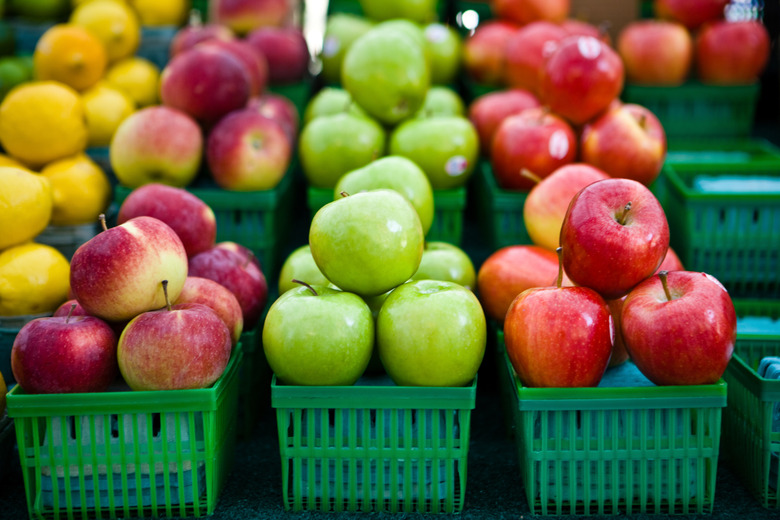Science For Kids: What Are The 3 States Of Matter?
Before students can begin memorizing the Periodic Table of Elements or balancing chemical equations, a fundamental understanding of matter in its most basic states must be gained. Helping young students comprehend the three basic states of matter is an important part of building a solid foundation for the more complex physical science lessons to come in future courses.
First State of Matter: Solids
First State of Matter: Solids
Teach your students about the simplest and most tangible state of matter first.
A solid has these three main properties: 1. A solid has a definite shape. 2. A solid has a definite mass. 3. A solid has a definite volume.
A solid will always look the same and take up the same amount of space. Give an easy to understand example, such as an apple, a beach ball or a car.
Second State of Matter: Liquid
Second State of Matter: Liquid
Teach your students about the most fluid and ever-changing state of matter next.
A liquid has these three main properties: 1. A liquid does not have a definite shape. 2. A liquid has a definite mass. 3. A liquid has a definite volume.
A liquid will always take up the same amount of space and take the shape of its container. Give an easy to understand example, such as juice, milk or the water in a pool.
Third State of Matter: Gas
Third State of Matter: Gas
Teach your students about the most complex and difficult to understand state of matter last.
A gas has these three main properties: 1. A gas does not have a definite shape. 2. A gas does not have a definite mass. 3. A gas does not have a definite volume.
A gas does not always weigh the same or take up the same amount of space. However, like a liquid, a gas will always take the shape of its container, no matter the size or shape of that container. Give an easy to understand example, such as helium in a balloon, oxygen in the air or air in a jar.
Presenting Examples
Presenting Examples
Present hands-on, tangible examples to students and ask them to identify which state of matter they represent. In addition to very straightforward examples like a solid book or liquid apple juice, you can challenge your students to think about more complex examples. Soda pop is a liquid that contains bubbles of gaseous carbon dioxide; mud and clay are solid materials mixed with enough liquid to allow them to change shape.
Cite This Article
MLA
Bandas, Kelly. "Science For Kids: What Are The 3 States Of Matter?" sciencing.com, https://www.sciencing.com/science-kids-3-states-matter-7902081/. 25 April 2018.
APA
Bandas, Kelly. (2018, April 25). Science For Kids: What Are The 3 States Of Matter?. sciencing.com. Retrieved from https://www.sciencing.com/science-kids-3-states-matter-7902081/
Chicago
Bandas, Kelly. Science For Kids: What Are The 3 States Of Matter? last modified August 30, 2022. https://www.sciencing.com/science-kids-3-states-matter-7902081/
